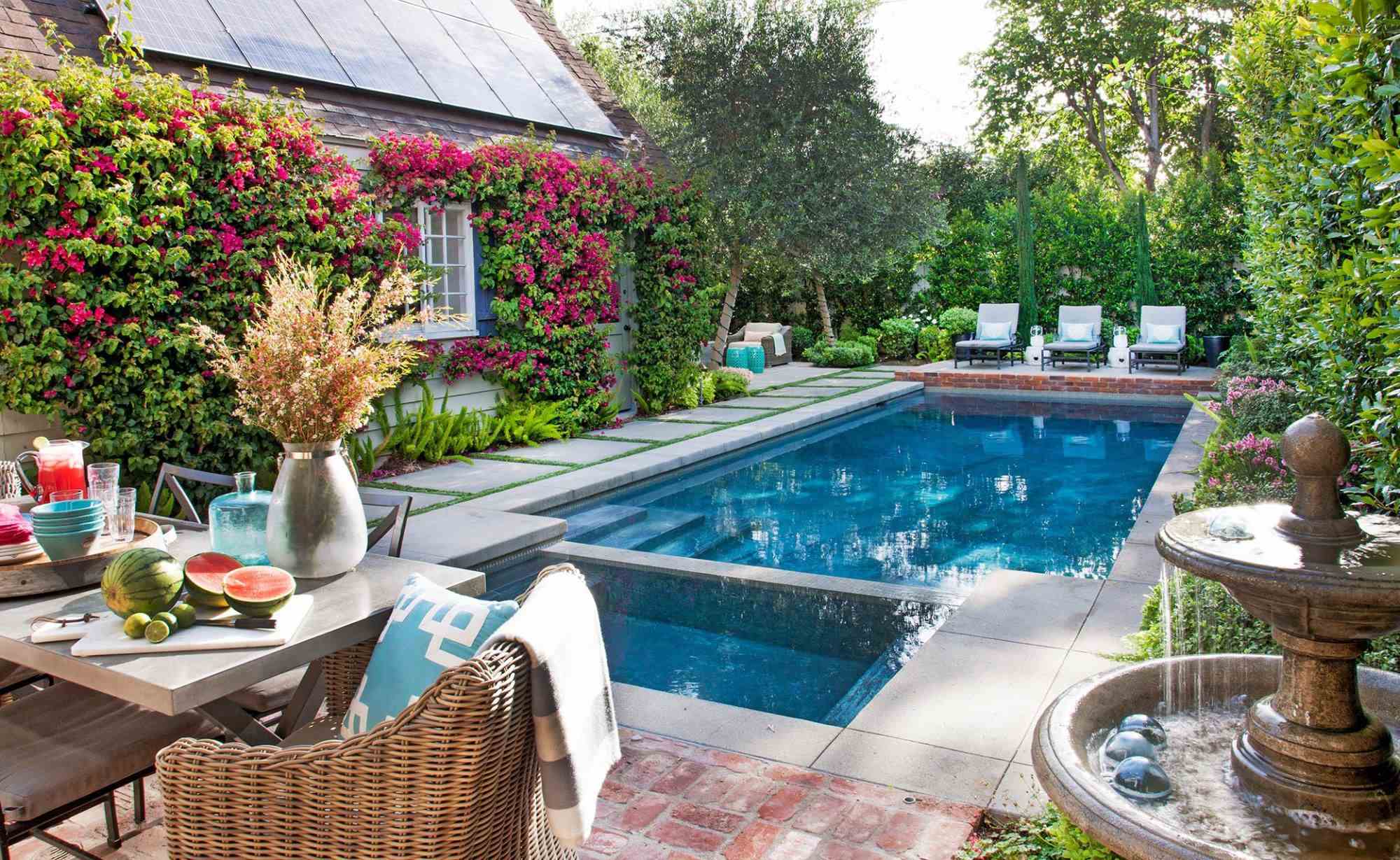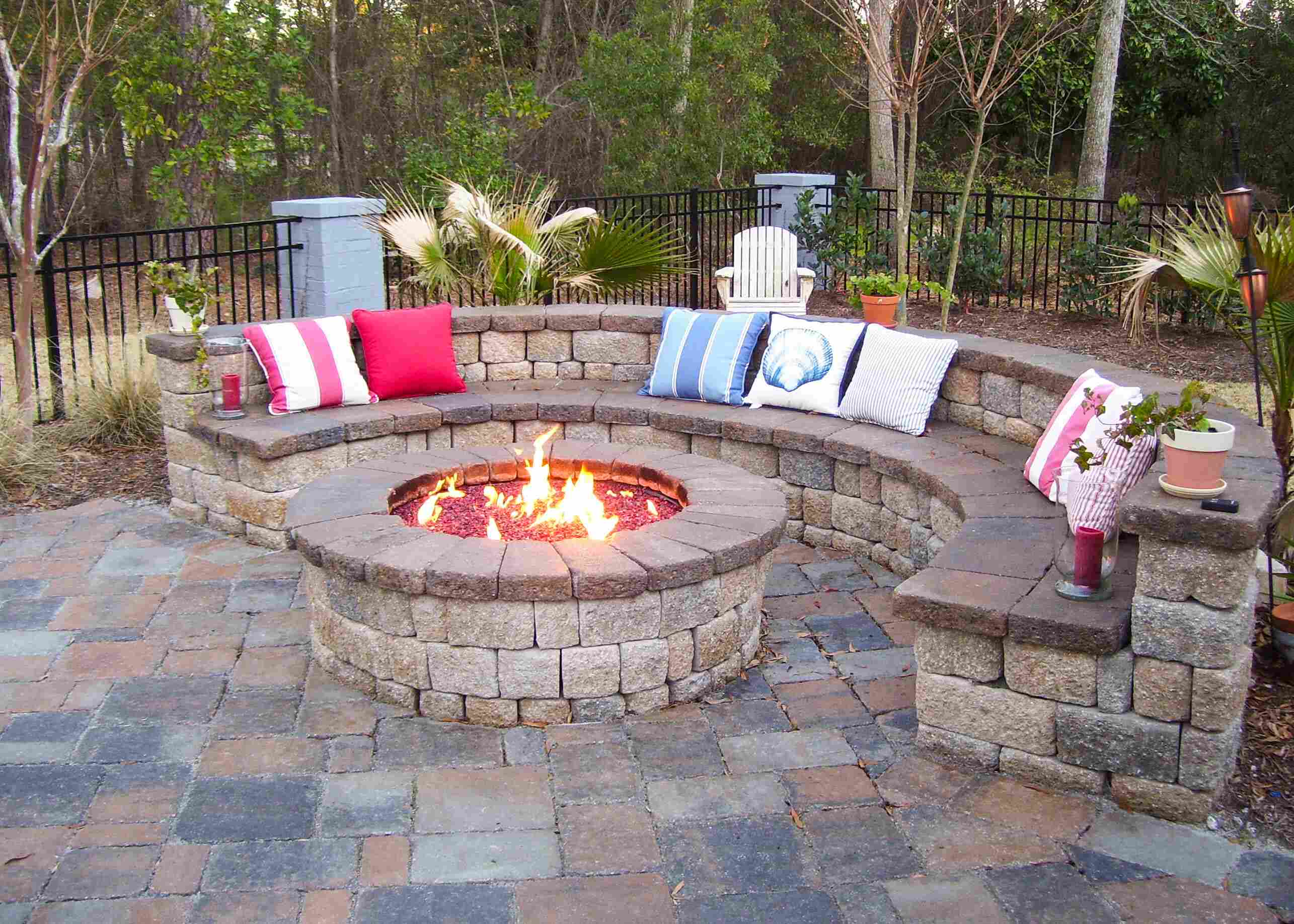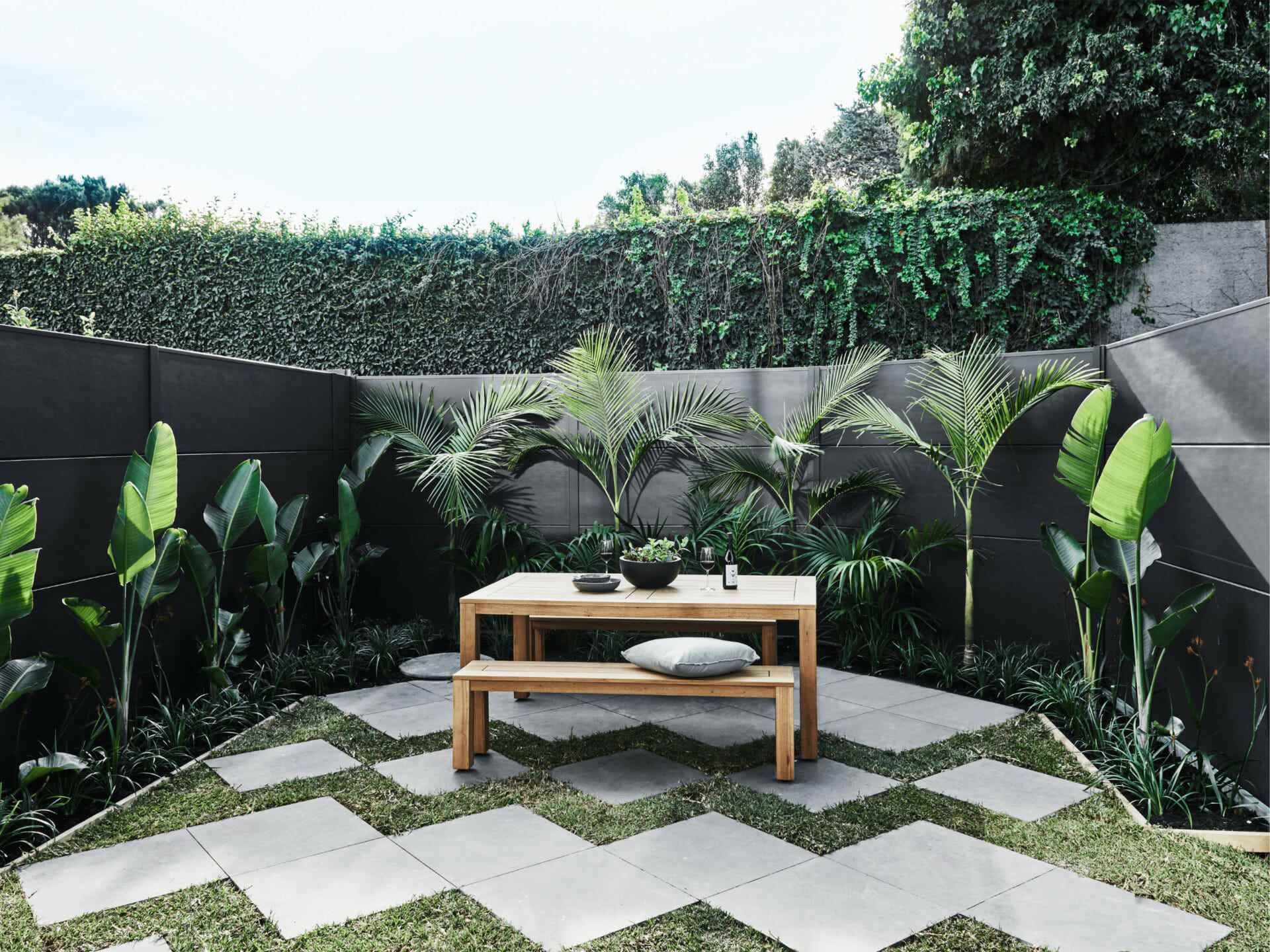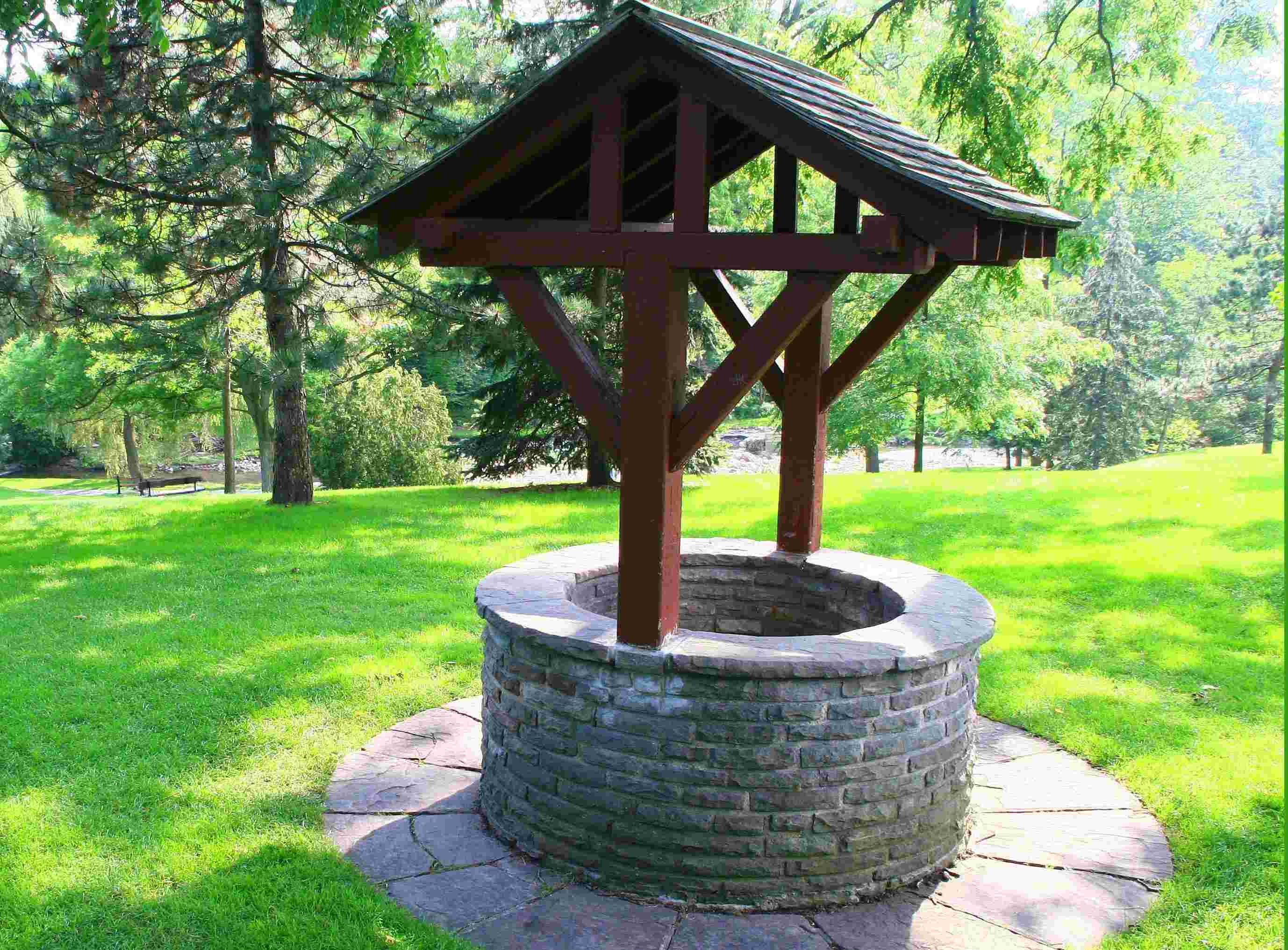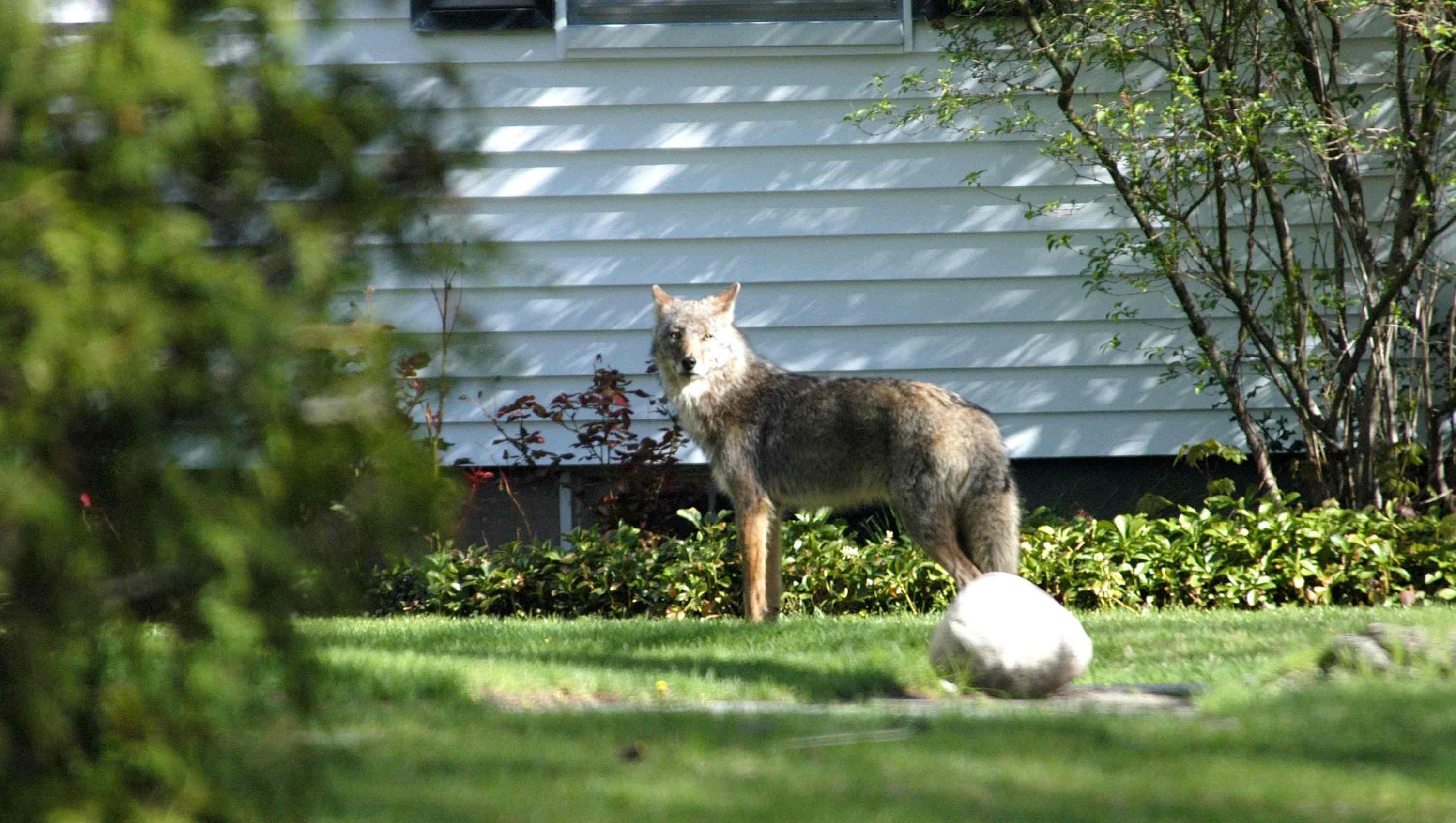Home>Gardening Techniques>DIY Projects>How To Make A Campfire In Your Backyard
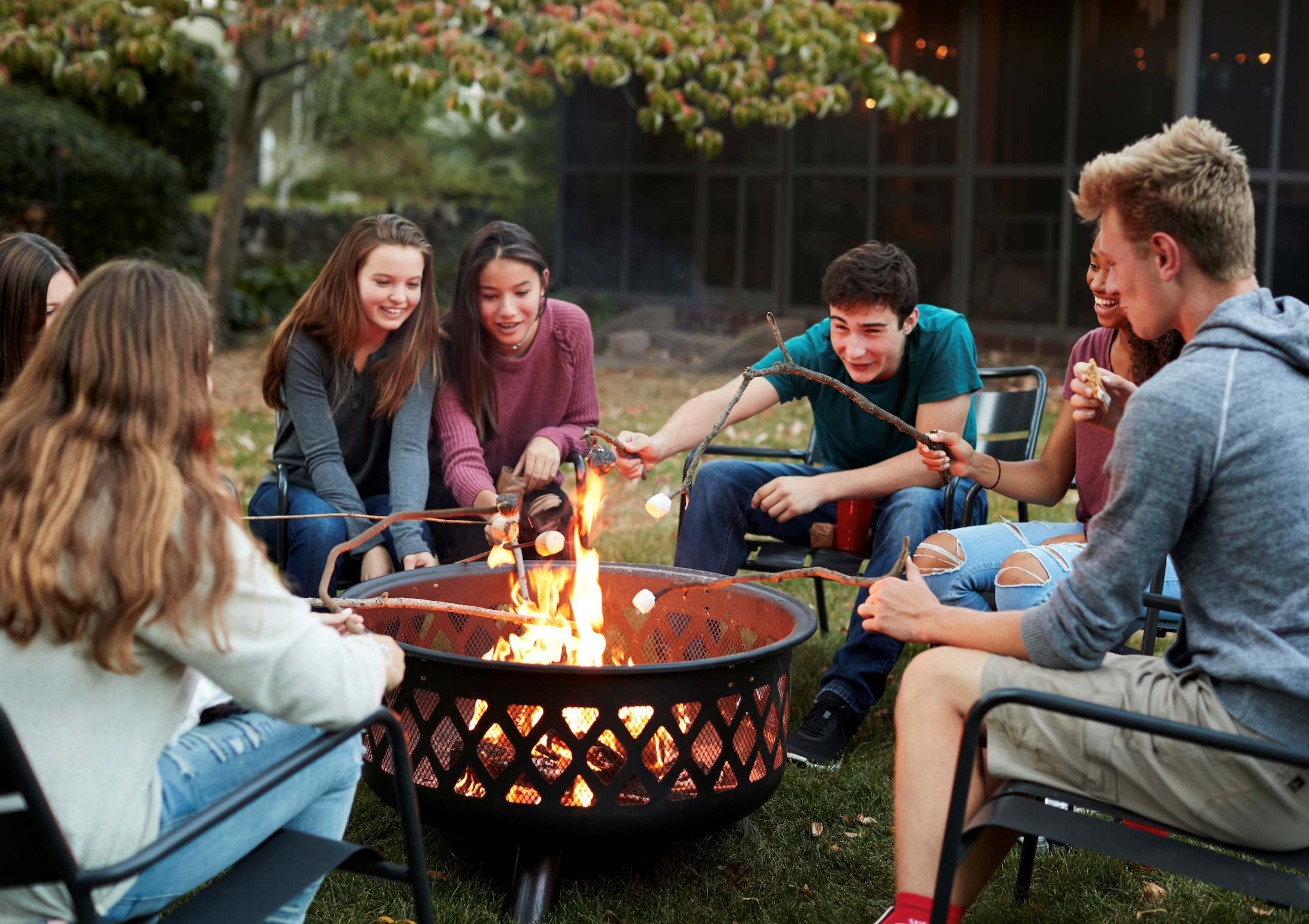

DIY Projects
How To Make A Campfire In Your Backyard
Published: August 5, 2023
Learn how to make a DIY campfire in your backyard with these step-by-step instructions and enjoy fun-filled evenings under the stars.
(Many of the links in this article redirect to a specific reviewed product. Your purchase of these products through affiliate links helps to generate commission for Chicagolandgardening.com, at no extra cost. Learn more)
Table of Contents
Introduction
Welcome to the world of backyard camping, where you can escape from the hustle and bustle of everyday life and immerse yourself in the beauty of nature. One of the quintessential experiences of camping is gathering around a warm and crackling campfire, roasting marshmallows, and sharing stories with family and friends. But what if you don’t have access to a designated campground or a fire pit? No worries – you can easily make a campfire in your own backyard and enjoy the cozy ambiance and captivating warmth it brings.
Creating a backyard campfire is not only a fun DIY project, but it also allows you to indulge in the joys of camping right at home. Whether you’re longing for a nostalgic camping experience, looking to spend quality time with loved ones, or simply want to unwind after a long day, a backyard campfire can provide the perfect setting.
Before you grab your marshmallows and firewood, it’s important to familiarize yourself with the necessary steps and precautions for building a safe and successful campfire. In this guide, we will walk you through the process, from choosing a suitable location to igniting and maintaining the fire. By following these steps, you can create a magical outdoor space where memories are made and connections are strengthened.
Step 1: Choose a Safe Location
When creating a campfire in your backyard, the first and most important step is to choose a safe location. It’s crucial to select an area that is away from any flammable objects, such as buildings, trees, and shrubs. Ideally, there should be a clear radius of at least 10 feet around the fire pit to prevent sparks from igniting nearby objects.
Additionally, take into consideration the prevailing wind direction. You want to position the fire pit in a way that the wind does not blow sparks towards any potential hazards. This will help minimize the risk of accidental fires and ensure the safety of everyone present.
If you have a permanent fire pit in your backyard, make sure it is in good condition and located in a suitable spot. Check for any loose bricks or stones, repair any damage, and clear away any debris or flammable materials in the surrounding area.
If you don’t have a fire pit, don’t worry! There are various options available that can serve as a designated area for your backyard campfire. You can use a portable fire pit, a metal ring, or even build a temporary fire pit using bricks or stones. Just ensure that whatever option you choose, it is sturdy, stable, and provides enough space for the fire to burn safely.
Lastly, it’s essential to check with your local authorities or homeowner’s association for any regulations or restrictions regarding backyard fires. Some areas may have specific guidelines or even prohibit fires altogether. By adhering to these rules, you can enjoy your campfire without any legal or safety concerns.
Step 2: Gather the Necessary Materials
Before you can start building your backyard campfire, it’s important to gather all the necessary materials. By having everything prepared beforehand, you can ensure a smooth and hassle-free process.
Here are the essential materials you will need:
- Firewood: Choose dry and seasoned firewood for your campfire. Hardwoods like oak, maple, or birch are ideal as they burn longer and produce less smoke. Avoid using softwoods like pine or spruce as they tend to create more sparks and can be more difficult to control.
- Tinder: Tinder refers to small, dry, and flammable materials that are used to ignite the fire. This can include newspaper, dry leaves, twigs, or even store-bought fire starters. Make sure to have a generous amount of tinder to ensure a successful ignition.
- Kindling: Kindling consists of small sticks or branches that are slightly thicker than tinder. They provide the initial fuel to sustain the fire once it’s ignited. Collect a good bundle of kindling to keep the fire going during the initial stages.
- Fire starters: While not essential, fire starters can greatly simplify the process of igniting the fire. You can purchase ready-made fire starters from outdoor stores or make your own using materials like wax-soaked cotton balls or dryer lint stuffed into cardboard tubes.
- Matches or a lighter: To ignite the fire, you’ll need a reliable ignition source. Make sure to have a box of matches or a long-neck lighter on hand.
- Fire extinguisher or a bucket of water: Safety should always be a top priority when dealing with fire. Keep a fire extinguisher nearby or have a bucket of water ready to extinguish the flames if needed.
By gathering these materials in advance, you’ll be fully prepared to move on to the next step: preparing the fire pit.
Step 3: Prepare the Fire Pit
Now that you have gathered all the necessary materials, it’s time to prepare the fire pit for your backyard campfire. This step is crucial for creating a safe and controlled environment.
Here’s how to prepare the fire pit:
- Clean the area: Start by clearing the ground around the fire pit. Remove any debris, leaves, or flammable materials that may be present. This will help prevent accidental fires and ensure a clean surface for your campfire.
- Line the fire pit: If you’re using a portable fire pit or a metal ring, you can skip this step. However, if you’re building a temporary fire pit using bricks or stones, line the inside with a layer of sand or gravel. This will provide an additional layer of protection and help distribute the heat more evenly.
- Add a base layer: Place a few handfuls of tinder in the center of the fire pit. This will serve as the base layer for your campfire.
By properly preparing the fire pit, you create a controlled environment for your campfire. The lined pit helps contain the flames and prevent the fire from spreading, while the base layer of tinder provides a foundation for a successful ignition.
With the fire pit prepared, you’re now ready to move on to the next step: building a tinder nest.
Step 4: Build a Tinder Nest
Building a tinder nest is a crucial step in starting a campfire. It provides the initial fuel and ignition source for the fire to catch and spread to the rest of the firewood. Creating a well-built tinder nest increases the chances of a successful ignition and a robust fire.
Follow these steps to build a tinder nest:
- Gather fine, dry materials: Look for small and flammable materials such as dry leaves, grass, or small twigs. These should be easily ignitable and burn quickly to ignite the larger firewood.
- Create a small pile: Start by placing a small pile of tinder materials in the center of the fire pit. Make sure it is compact and arranged loosely, with enough space for air to flow through.
- Add smaller kindling: On top of the tinder pile, add small sticks or thin branches. These will act as a bridge between the tinder and the larger firewood, helping to sustain the fire once it ignites.
- Shape it into a nest: Gently shape the pile into a nest-like structure, leaving an opening at the center to accommodate the ignition source. This will help concentrate the heat and flames for a more efficient ignition.
Remember to keep the tinder nest relatively small. It should be large enough to catch fire quickly but not too large that it overwhelms the ignition source. A well-built tinder nest will help you achieve a successful ignition and set the stage for a strong and long-lasting fire.
With the tinder nest prepared, it’s time to move on to the next step: creating a fire lay.
Step 5: Create a Fire Lay
Creating a proper fire lay is essential for establishing a well-controlled and long-lasting campfire. A well-structured fire lay helps promote efficient burning, proper airflow, and easy maintenance throughout the duration of your backyard campfire.
Follow these steps to create a fire lay:
- Add larger kindling: Start by layering larger sticks or branches over and around the tinder nest. Arrange them in a teepee or log cabin style, leaving space between the pieces to allow air to circulate. This will provide a steady fuel source for the fire to grow.
- Gradually add larger firewood: Once the kindling is set up, gradually add larger pieces of firewood to the structure. Build it up gradually, starting with smaller logs and gradually increasing the size. Remember to leave enough space between the logs for airflow.
- Ensure proper ventilation: Proper ventilation is vital for a well-burning fire. Make sure there is enough space between the logs to allow air to circulate. This will help maintain a steady flame and prevent the fire from smothering.
As you build the fire lay, keep in mind that the goal is to create a structure that promotes proper burning and fuel consumption. The smaller kindling and tinder at the bottom will ignite easily and ignite the larger pieces of firewood on top. This layered approach ensures a steady and sustained fire.
By creating a well-structured fire lay, you’ll be able to enjoy a beautiful, warm, and long-lasting campfire in your backyard. So, now that the fire lay is complete, it’s time to move on to the next step: igniting the fire.
Step 6: Ignite the Fire
With the fire lay prepared, it’s time to ignite the fire and bring your backyard campfire to life. Properly igniting the fire is crucial for a successful and enjoyable campfire experience.
Follow these steps to safely ignite the fire:
- Prepare your ignition source: Make sure you have your matches or lighter readily available. If you’re using a fire starter, position it within reach of the tinder nest.
- Light the tinder nest: Carefully bring the ignition source close to the tinder nest. Slowly ignite the tinder in several spots to ensure a uniform ignition. Avoid directly dropping the ignition source onto the tinder to prevent extinguishing the flames.
- Observe the ignition process: Once the tinder nest catches fire, carefully observe the flames as they spread to the smaller kindling and eventually reach the larger firewood logs. Provide gentle assistance, if needed, by blowing on the flames to promote combustion.
- Give the fire time to grow: Allow the fire to grow naturally without adding additional firewood immediately. This will give the flames a chance to build momentum and establish a solid burn.
As the fire grows, continue to monitor its progress and make minor adjustments if necessary. If the flames start to diminish, carefully add more kindling or small logs to maintain a stable fire. However, avoid overloading the fire pit with firewood, as this can smother the flames and hinder proper combustion.
Remember to exercise caution when igniting the fire and handling the ignition source. Always prioritize safety and be mindful of your surroundings.
Now that your backyard campfire is ignited, it’s time to move on to the final step: maintaining and enjoying the campfire.
Step 7: Maintain and Enjoy the Campfire
Now that your backyard campfire is burning bright, it’s important to know how to properly maintain it for a safe and enjoyable experience. By following a few guidelines, you can keep the fire going and create lasting memories around the flickering flames.
Here are some tips to maintain and enjoy your campfire:
- Add firewood gradually: As the fire burns down and you need to add more fuel, do it gradually. Add smaller logs or pieces of firewood to prevent smothering the flames. Avoid throwing in large, unseasoned logs that can create excessive smoke and reduce airflow.
- Keep a safe distance: Establish a safe distance between yourself, other campers, and the fire. Avoid sitting or leaning directly over the fire, as this can increase the risk of accidental burns.
- Supervise children and pets: Ensure that children and pets are always supervised around the campfire. Educate them on fire safety and set boundaries to prevent accidents or injuries.
- Never leave the fire unattended: It’s crucial to never leave the campfire unattended. Assign someone to monitor the fire at all times and take turns if necessary. Remember to completely extinguish the fire before leaving the area.
- Extinguish the fire properly: When you’re ready to extinguish the campfire, use water or sand to douse the flames. Stir the ashes and embers to ensure all hot spots are extinguished. Repeat this process until the ashes are cool to the touch.
- Dispose of ashes safely: Once the ashes are completely cold, you can dispose of them in a metal container designated for ashes. Avoid placing them in plastic or combustible materials, as they may still retain heat and pose a fire hazard.
While enjoying the campfire, take the opportunity to engage in conversations, share stories, or simply relax and unwind. The cozy ambiance and crackling flames provide the perfect backdrop for quality time with family and friends.
With these precautions and maintenance tips in mind, you can safely enjoy the warmth and allure of a campfire in your own backyard.
Conclusion
Building a campfire in your backyard is a wonderful way to bring the joy and magic of camping right to your doorstep. By following the steps outlined in this guide, you can create a safe and enjoyable campfire experience for yourself, family, and friends.
From choosing a safe location to gathering the necessary materials, preparing the fire pit, building a tinder nest, creating a fire lay, igniting the fire, and maintaining it, each step is essential to ensuring a successful campfire.
Remember to prioritize safety throughout the entire process. Always choose a location that is away from flammable materials, check local regulations, and keep a fire extinguisher or a bucket of water nearby. Supervise children and pets, and never leave the fire unattended.
Once the fire is roaring, take the time to relax, unwind, and enjoy the company of your loved ones. Share stories, roast marshmallows, and create lasting memories around the mesmerizing flames.
When it’s time to extinguish the fire, do so responsibly and dispose of the ashes properly. Ensure the fire is completely out and the ashes are cold before disposing of them in a designated container.
Building a backyard campfire allows you to escape the demands of everyday life and immerse yourself in the beauty of nature. Whether you’re looking for a peaceful retreat or a gathering spot for friends, a campfire can provide the perfect ambiance. So, grab your marshmallows, gather your loved ones, and get ready to enjoy a memorable campfire experience in your own backyard.

